Tesla Inc on Wednesday posted a surprising profit of US$143 million in its latest quarter, raising hopes the electric vehicle company might be turning the corner after posting mostly losses during its first decade as a publicly held company.
Analysts surveyed by FactSet had projected Tesla would lose about US$253 million in the third quarter. The positive results saw Tesla’s shares soar 20 percent to US$306 in extended trading.
The performance represents a measure of vindication for Tesla cofounder and chief executive officer Elon Musk, who has been facing more questions about whether he is the right person to be steering the company at this critical juncture.
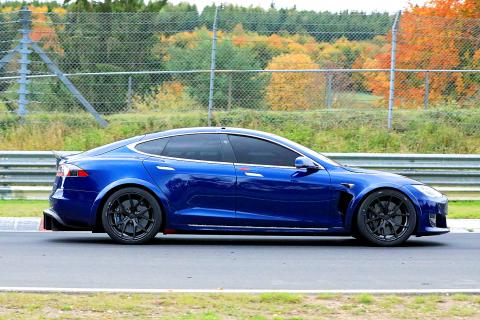
Photo: Reuters
Musk reiterated a pledge to sell at least 360,000 vehicles this year. Tesla will have to sell about 105,000 vehicles in the final three months of the year, after delivering a record 97,000 in the third quarter.
The company fared better during the same period last year with a profit of US$311 million. That means net income for this year’s quarter was down 54 percent from a year earlier.
In a conference call, Musk promised to remain “highly focused” on reaching decisions that help bolster the company’s long-term prospects.
Even so, Tesla will almost certainly post another annual loss this year, just as it has done every year since its initial public offering in 2010. Since then, Tesla has amassed more than US$5.5 billion in losses.
Separately, Ford Motor Co’s third-quarter net income tumbled nearly 60 percent as the company booked US$1.5 billion in charges mainly for restructuring, and Chinese and US sales fell.
The Dearborn, Michigan, automaker knocked about US$500 million off its pretax earnings guidance for the full year.
Ford now says it will make US$6.5 billion to US$7 billion.
Ford’s net income from July through September was US$425 million, or US$0.11 per share.
Excluding charges for restructuring, the company made US$0.34 per share. Its revenue fell 2 percent to US$36.99 billion, partly because the company bungled the launch of the Ford Explorer SUV.
Meanwhile, Daimler AG pledged to intensify efforts to cut costs and conserve cash as lingering emissions investigations collide with mounting expenses for the industry’s shift to electric vehicles.
The German manufacturer reported higher operating earnings in the third quarter, despite weaker margins for its cars and trucks divisions.
It said its outlook could come under pressure, as provisions made to cover probes into questionable diesel emissions might not suffice.
“In order to master the transformation in the next few years, we need to increase our efforts considerably,” Daimler chief executive officer Ola Kallenius, who took charge in May, said in a statement yesterday. “We have to significantly reduce our costs and consistently strengthen our cash flow.”
Daimler’s third-quarter earnings before interest and taxes rose 8 percent to 2.69 billion euros (US$2.99 billion), compared with analyst forecasts of 2.54 billion euros. The profit margins for the critical Mercedes unit narrowed to 6 percent from 6.3 percent a year earlier.
The automaker kept its outlook for unit sales, while reducing its revenue forecast for trucks to “flat.”
Additional reporting by Bloomberg
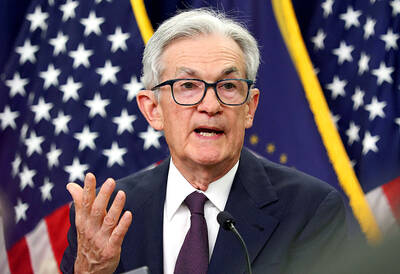
DIVIDED VIEWS: Although the Fed agreed on holding rates steady, some officials see no rate cuts for this year, while 10 policymakers foresee two or more cuts There are a lot of unknowns about the outlook for the economy and interest rates, but US Federal Reserve Chair Jerome Powell signaled at least one thing seems certain: Higher prices are coming. Fed policymakers voted unanimously to hold interest rates steady at a range of 4.25 percent to 4.50 percent for a fourth straight meeting on Wednesday, as they await clarity on whether tariffs would leave a one-time or more lasting mark on inflation. Powell said it is still unclear how much of the bill would fall on the shoulders of consumers, but he expects to learn more about tariffs
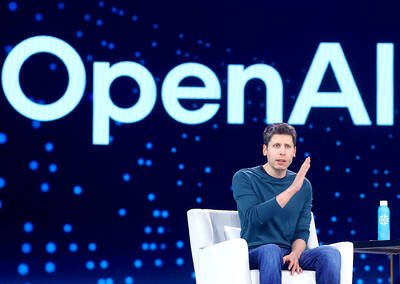
Meta Platforms Inc offered US$100 million bonuses to OpenAI employees in an unsuccessful bid to poach the ChatGPT maker’s talent and strengthen its own generative artificial intelligence (AI) teams, OpenAI CEO Sam Altman has said. Facebook’s parent company — a competitor of OpenAI — also offered “giant” annual salaries exceeding US$100 million to OpenAI staffers, Altman said in an interview on the Uncapped with Jack Altman podcast released on Tuesday. “It is crazy,” Sam Altman told his brother Jack in the interview. “I’m really happy that at least so far none of our best people have decided to take them
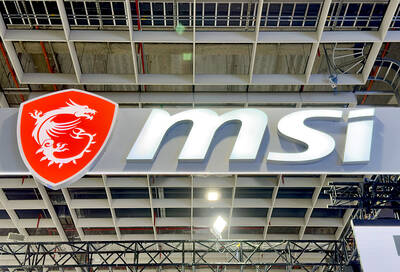
PLANS: MSI is also planning to upgrade its service center in the Netherlands Micro-Star International Co (MSI, 微星) yesterday said it plans to set up a server assembly line at its Poland service center this year at the earliest. The computer and peripherals manufacturer expects that the new server assembly line would shorten transportation times in shipments to European countries, a company spokesperson told the Taipei Times by telephone. MSI manufactures motherboards, graphics cards, notebook computers, servers, optical storage devices and communication devices. The company operates plants in Taiwan and China, and runs a global network of service centers. The company is also considering upgrading its service center in the Netherlands into a
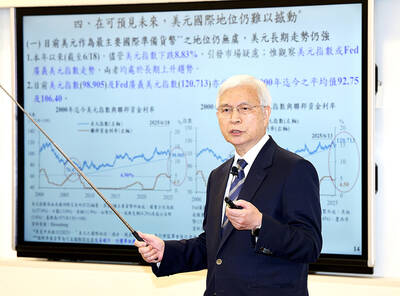
NOT JUSTIFIED: The bank’s governor said there would only be a rate cut if inflation falls below 1.5% and economic conditions deteriorate, which have not been detected The central bank yesterday kept its key interest rates unchanged for a fifth consecutive quarter, aligning with market expectations, while slightly lowering its inflation outlook amid signs of cooling price pressures. The move came after the US Federal Reserve held rates steady overnight, despite pressure from US President Donald Trump to cut borrowing costs. Central bank board members unanimously voted to maintain the discount rate at 2 percent, the secured loan rate at 2.375 percent and the overnight lending rate at 4.25 percent. “We consider the policy decision appropriate, although it suggests tightening leaning after factoring in slackening inflation and stable GDP growth,”